Coins of Japan - catalog and price guide
Tokugawa (Edo) shogunate
Empire of Japan coins (since 1868)
Japanese yen symbol - ¥
Japanese yen code - JPY
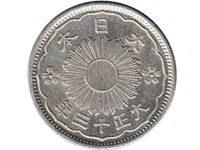 Mutsuhito (1868-1912), Yoshihito (1912-1926) and Hirohito (1926-1947)
Mutsuhito (1868-1912), Yoshihito (1912-1926) and Hirohito (1926-1947)
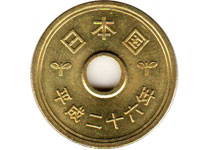 Hirohito (1948-1989), Akihito (1989-2019) and Naruhito (since 2019)
Hirohito (1948-1989), Akihito (1989-2019) and Naruhito (since 2019)
All circulation yen coins since 1870 till now
China-Japanese puppet states coinage
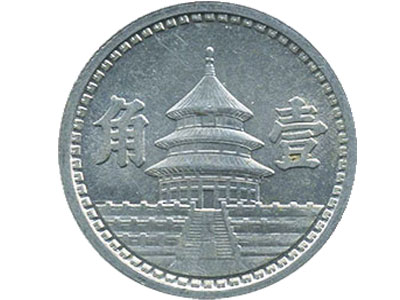 Provisional Government of China
Provisional Government of China


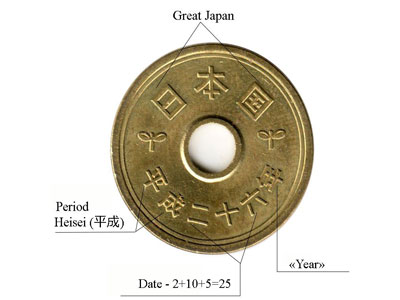 How to read Japanese coins
How to read Japanese coins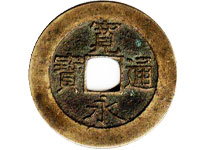 1603-1867
1603-1867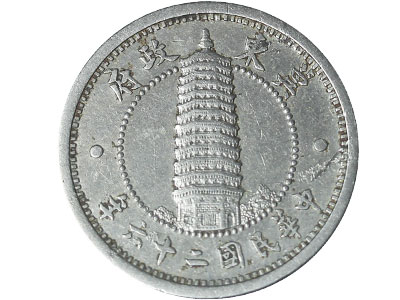 East Hopei
East Hopei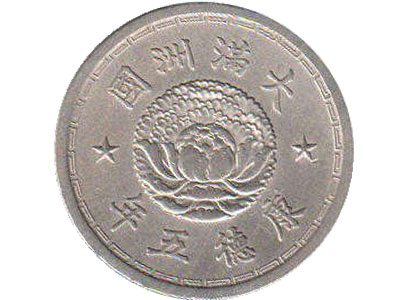 Manchukuo
Manchukuo